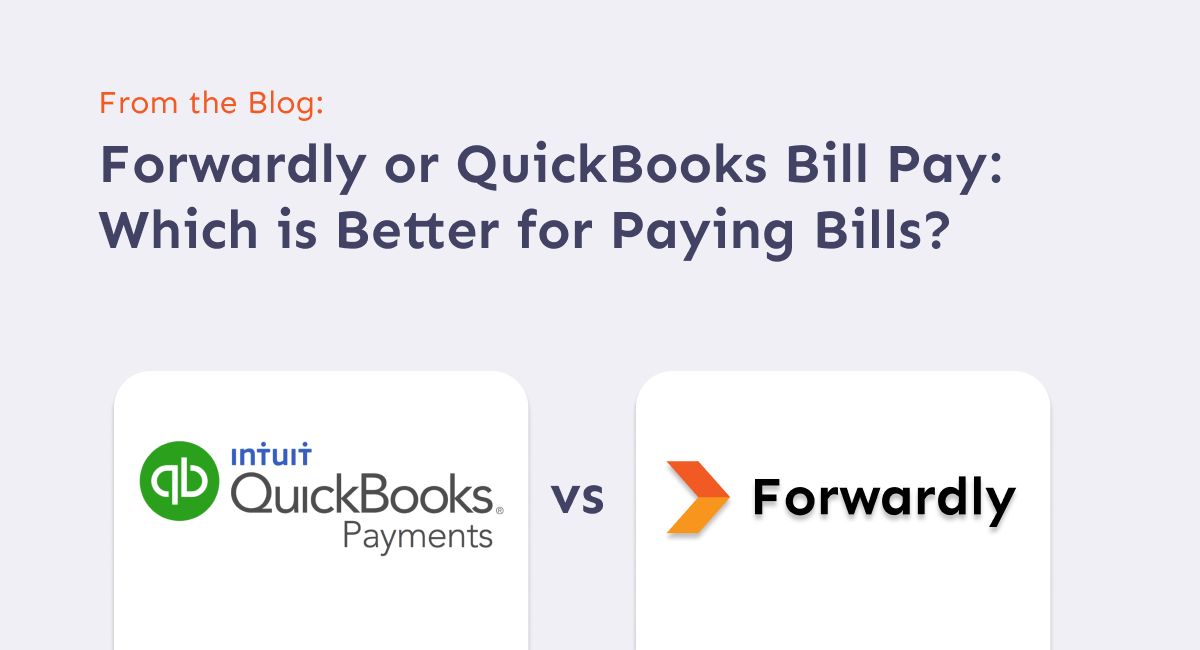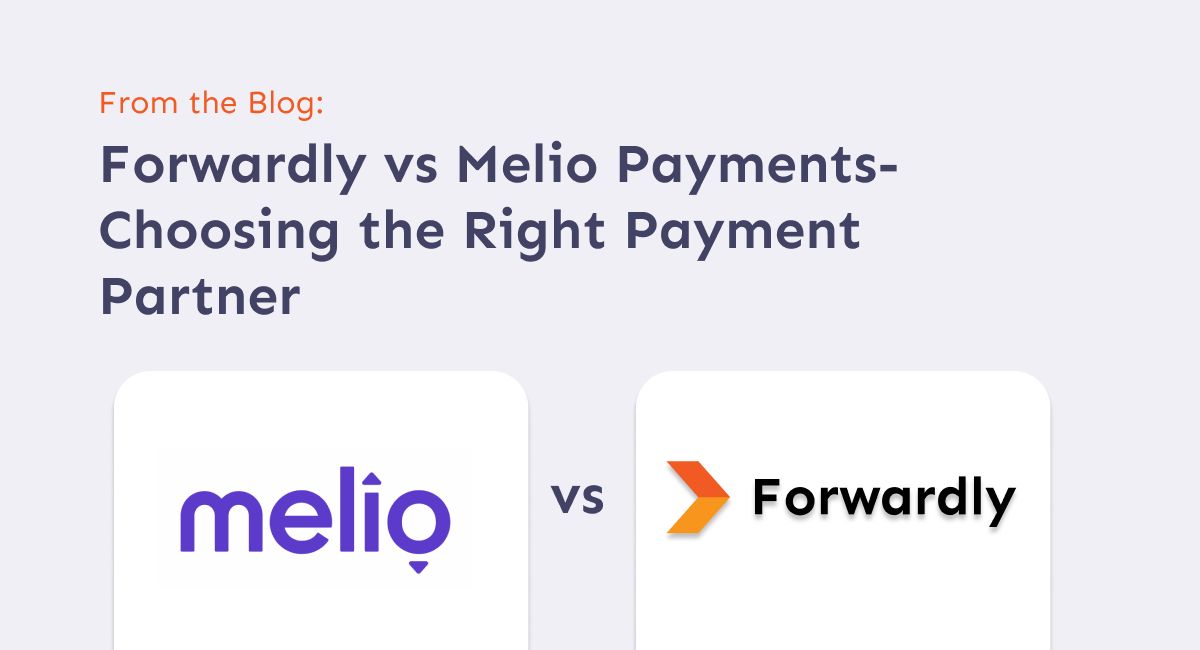If it’s still ACH vs wire transfers for you, based on habit, or worse, guessing, you’re leaving time and money on the table. In 2025, the payments landscape is moving fast. Real-time options, payment automation, and global transactions are no longer edge cases, they’re business as usual.
And while ACH and wires are both essential rails, they serve very different roles. Understanding when to use each one (and why) can streamline operations, cut unnecessary costs, and keep your cash moving smoothly.
ACH Vs Wire: Let’s start with the basics
ACH (Automated Clearing House) is a batch-based system that processes payments between personal or business bank accounts. It’s built for volume, not speed. It is commonly used for expenses like payroll, vendor invoices, or monthly SaaS subscriptions. You queue it up, and the money lands in a day or two.
Wire transfers, on the other hand, are direct, bank-to-bank transactions. They’re faster, typically settling within hours, and come with the peace of mind that funds can’t be reversed. You’ll often use wires for urgent, one-time, or high-value transfers, especially cross-border. If you also ask “are wire transfers immediate?”, then the answer is “No”.
So, what’s the real difference? Wires are fast but expensive. ACH transfer is slower but dramatically more affordable. And that tradeoff is where smart businesses find savings or speed, depending on the situation.
Differences between ACH and wire
Cost: One is clearly cheaper
Here’s the blunt truth: wires cost more, often a lot more. Domestic wire fees can run $15 – $35 per transfer, and international wires often exceed $50. ACH payments, on the other hand, typically cost less than $1, and often nothing when processed through modern platforms.
If you’re running payroll, paying suppliers, or sending recurring client payments, paying a wire fee every time makes zero financial sense. ACH gets the job done without cutting into your margins.
Speed & settlement: Where wires win (for now)
Wire transfers win the speed game. Funds usually arrive the same day – sometimes within hours. That’s why they’re preferred for real estate deals, legal settlements, or cross-border urgency.
Standard ACH, meanwhile, takes 1-2 business days. Same-Day ACH has improved this (especially for domestic payments), but it still has cutoff times and isn’t instant. So, if you need money to arrive now, ACH won’t cut it. Though instant ACH services are available now, but they can only be achieved through payment platforms and are very costly.
That said, the gap is narrowing. With RTP Network and FedNow gaining traction, ACH isn’t stuck in the slow lane anymore.
Security, reversals, and risk
Wires are final. Once the money’s sent, it’s gone – no do-overs. That’s great for certainty, but risky if you send to the wrong account. ACH, however, offers more flexibility. Payments can sometimes be reversed for errors or insufficient funds, and fraud controls are strong.
For trusted vendors and routine transactions, ACH gives you more breathing room. For one-off or high-stakes transfers, wire gives you locked-in delivery.
So, when should you use which?
If it’s a large, time-sensitive payment – go with a wire. If it’s urgent, international, or part of a transaction where speed matters more than cost, the wire fee is worth it.
If it’s recurring, predictable, or not time-sensitive? ACH is your best friend. It’s perfect for:
- Vendor payments
- Payroll
- Monthly subscription charges
- Employee reimbursements
What’s changing in 2025 (and why it matters)
The line between the ACH and wires is blurring. Here’s what to keep an eye on:
- Same-Day ACH + RTP adoption is accelerating:
For domestic payments, the “wait a day or two” narrative is becoming outdated. Speed is improving fast.
- Wires are still essential for global transactions:
Cross-border payments with strict timing still rely on wire rails and SWIFT networks. ACH won’t replace that anytime soon.
- Business payment platforms are doing decision-making:
Forward-thinking platforms now route payments automatically. You don’t need to pick the rail – just define your rules (e.g., “pay vendors under $5K via bank transfer or credit card ”) and let automation handle the rest.
- Hybrid and programmable payments are on the rise:
Expect smarter orchestration behind the scenes – where ACH, wire, RTP, and FedNow all coexist and are used dynamically based on what the payment needs.
Let the rail match the job
ACH vs wire, they aren’t competing, they’re complementary. The smartest move? Know where each one adds value, and build systems that use them strategically. Wires are for urgency, high value, or cross-border precision. ACH is for affordability, predictability, and recurring workflows.
The real competitive edge in 2025 isn’t about using faster payments – it’s about using the right payment, at the right time, in the right way. If your current tools make you choose manually or stick to one method out of habit, it’s time to rethink your approach.
Every payment rail has its place. Forwardly helps you choose the right one with ease. Forwardly lets you pay vendors effortlessly with just one click, streamline approvals, and schedule payments the smart way, so you save on fees without sacrificing control. Get started for free today!
 Back to Blog
Back to Blog


